Welcome, this is a brief tutorial that give an overview of the Pacific War as a whole, after reading this short lesson you can move onto the more in depth articles of each battle.
Most people know that America joined World War II to fight the Germans and Japanese. Fewer people know why or when. America had stayed out of the second World War, which had its beginnings as far back as 1938. However, on December 7, 1941 Japan struck in a sneak attack slaughtering thousands of Americans at Pearl Harbor. But why did Japan attack? The answer: Japan needed oil, in fact they were using almost ten times as much as their small island nation could produce in a year. But just south of Japan is the Phillipines, rich in oil deposits. Thus Japan could thrust outward quickly destroying any meager resistance and taking the oil that they needed. But there was one problem; the Americans. America was rich in resources, natural and human, and was referred to by the Japanese as a "sleeping giant". They knew that America could potentially endanger their plans. To avoid such difficulties a brilliant tactical plan was created by Japanese Admiral Yamamoto and implemented to destroy as much of the United State's Navy at once and potentially remove The United States from its threatening status. America was caught off guard on the Sunday morning in Pearl Harbor and much of its navy was destroyed. But the United States would percevere.
With America crippled Japan continued spearheading outward, invading Thailand, Malaya, Guam, Wake Island, Hong Kong, and the Phillipines. America's gung-ho General MacArthur lead ground troops into Manila to the Bataan Peninsula. His troops were sadly outnumbered and outgunned. This was the site of the Bataan Death March, one of the greatest tradgedies in American History. American ground forces would suffer another devastating defeat at Corregidor, or the Rock, where General Wainwright was forced to surrender as Japanese tanks plowed almost to his front door. On the Naval front the United State's Navy faired little better when the planes from the carrier Yorktown and carrier Lexington happened upon two Japanese carriers and managed to destroy one. However, the Lexington was lost as well when the Japanese planes from the remaining carrier retaliated. This was known as the battle at Coral Sea. After the haphazard encounter at Coral Sea, America finally got a break that would later become known as the turning point of the war. At the battle for Midway America had a distinct advantage. They had cracked Japanese code, known of the supposed sneak attack and ignored the 'real' attack the Japanese had planned for elsewhere. In this battle America finally established superiority. Next would come the battle for Guadalcanal, a six month war in and of itself, from which America would eventually emerge victorious. Many smaller conflicts followed, including battles at the Aleutians, Central Pacific, and Philipines. Towards the end of the war America was forcing its way closer and closer to Japan itself, two major obstacles would prove to be Okinawa and Iwo Jima. These bloody invasions and massive loss of ground forces lead to the decision to drop the Atomic Bomb, rather than risk an invasion that would cost countless American lives, as even the women and children of Japan would rather die fighting than surrender to the Americans. Thus two bombs were dropped, one on Hiroshima (August 6, 1945) and one on Nagasaki (August 9, 1945). The bombs in turn led to the unconditional surrender by the Japanese, and General MacArthur assuming command of Japan and rebuilding it.
Saturday, March 10, 2007
Subscribe to:
Post Comments (Atom)

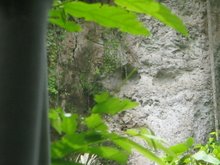
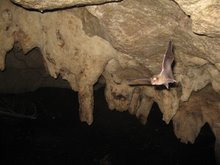
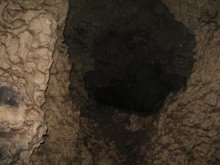
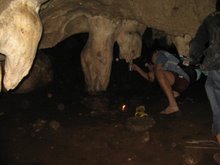
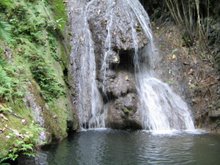
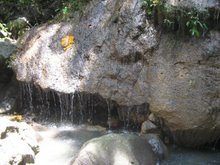


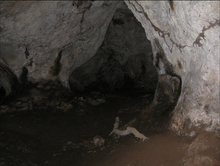
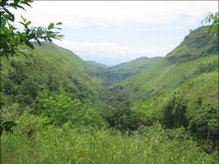

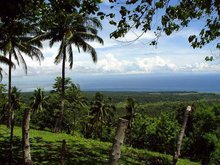
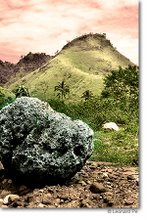
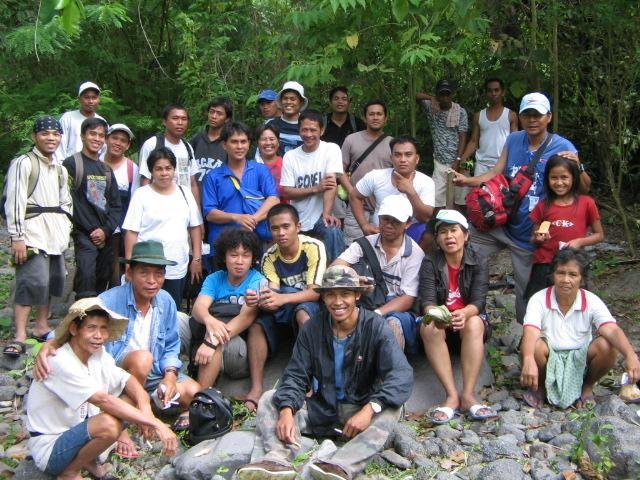
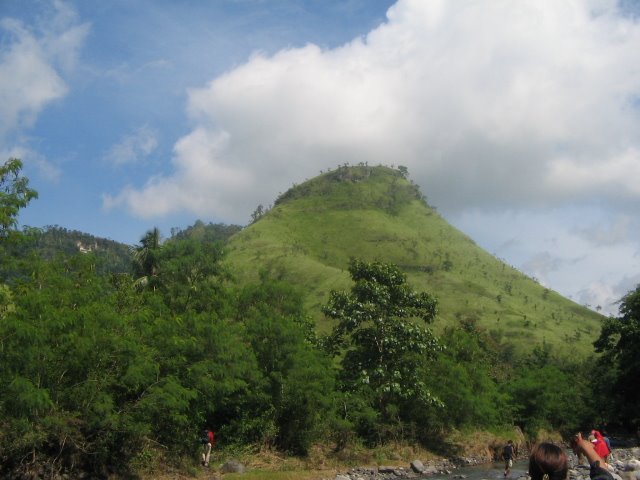

No comments:
Post a Comment